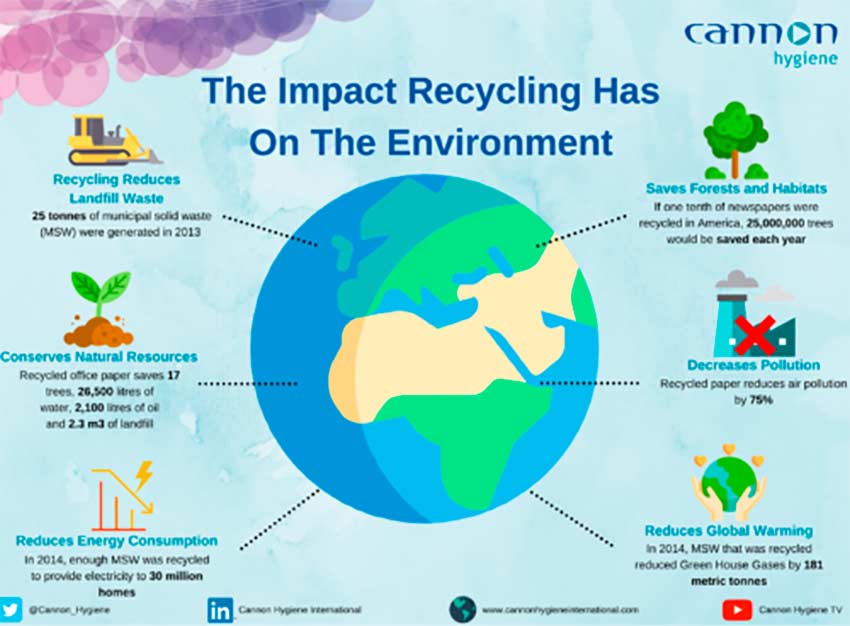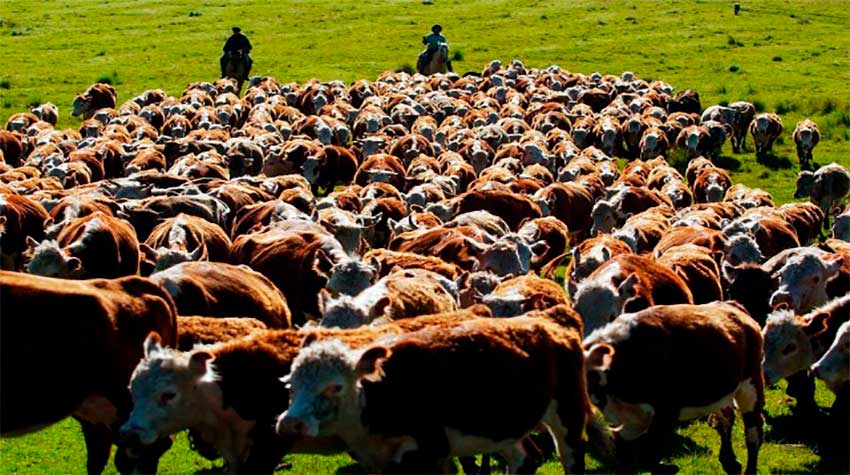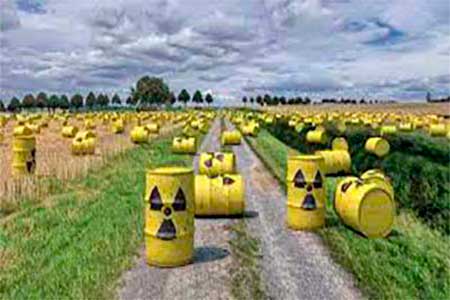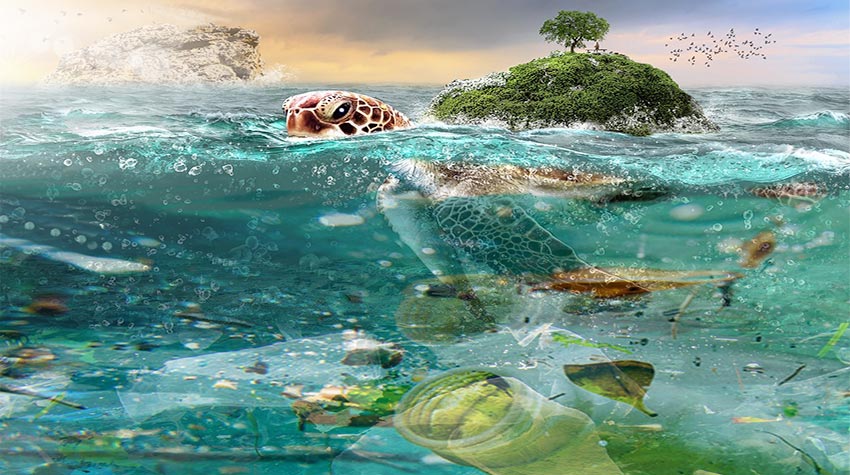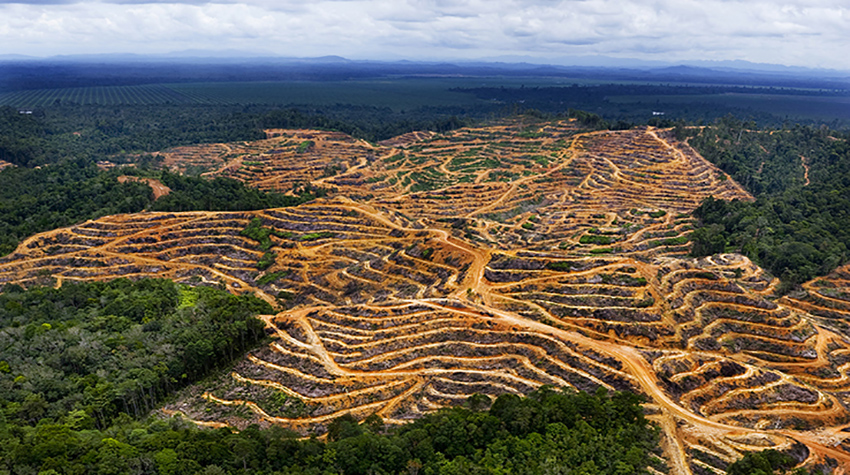FAQs about Biodiversity

3. What are the megadiverse countries of Latin America?
Megadiverse are the countries that host the highest rates of biological diversity, including many endemic species, that is, those that are not found naturally anywhere else.
Megadiverse countries only represent about 10% of the world’s surface, but they “host at least 70% of the planet’s terrestrial biological diversity, including more than two-thirds of all non-fish vertebrate species and three-quarters of all species of higher plants”, according to Iberdrola.
In South America, the greatest biological diversity is found in the Amazon, shared by Brazil, Colombia, Venezuela, Ecuador, and Peru, and in Central America, Mexico.
FAQs about Biodiversity
1. Why is International Day of Biological Diversity celebrated on May 22?
2. What is biodiversity, and which is the most biodiverse country in the world?
3. What are the megadiverse countries of Latin America?
4. What is the Environmental Conservation Monitoring Center?
5. What are the dangers to marine biodiversity?
6. How many species are there in the Amazon and what is the danger they face?
7. What is the importance of biodiversity?
8. How is biodiversity measured?



